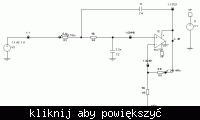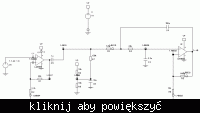Kinshoro
Member level 3
ya it would be better if I could filter it in the first stage but my mic sp0103be3 has the first stage integrated with it and I cant change the manufactured package to get a filter in it.... are there any other surface mount microphones without an integrated amplifier or which have accomodation for putting a filter even with the integrated amplifier????
Added after 1 minutes:
HEY THANX KEITH... AFTER PUTTING THE CERAMIC CAPACITORS I AM GETTING THE SIGNAL I WANT AND ALSO BEING ABLE TO USE THE FILTER AT THE SAME TIME....
Added after 9 minutes:
here is my current design... I have used 10uf and 1uf capacitors and using a low pass 2nd order buttersowrth filter at the same time....... my dc offset at the output of the 2nd stage of the opamp stays at around 1.73 volts.. even though I am giving a dc offset of 1.5 volts to the positive end of my opamp...... could it be because of the capacitor at the output of my opamp????
Added after 1 minutes:
HEY THANX KEITH... AFTER PUTTING THE CERAMIC CAPACITORS I AM GETTING THE SIGNAL I WANT AND ALSO BEING ABLE TO USE THE FILTER AT THE SAME TIME....
Added after 9 minutes:
here is my current design... I have used 10uf and 1uf capacitors and using a low pass 2nd order buttersowrth filter at the same time....... my dc offset at the output of the 2nd stage of the opamp stays at around 1.73 volts.. even though I am giving a dc offset of 1.5 volts to the positive end of my opamp...... could it be because of the capacitor at the output of my opamp????

